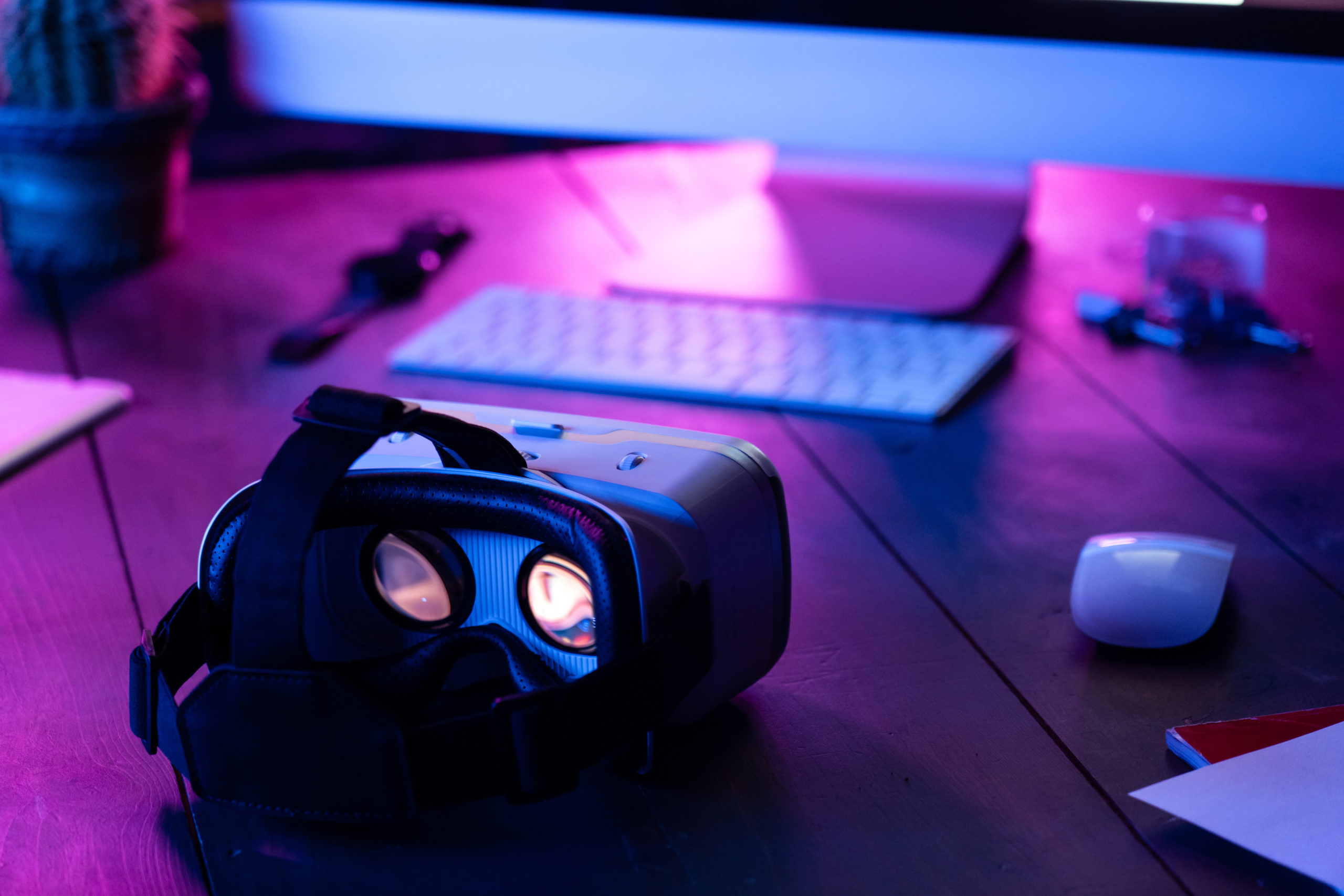
Research shows that 70% of workers are unsatisfied with their career choices. In many cases, people struggle to find fulfilling jobs because they lack proper career guidance.
In the past, young people figured out their career paths mostly through research or consultations with guidance counselors. Nowadays, technology such as Virtual Reality (VR) applications plays a key role in facilitating career planning and preparing students for the workforce. Thanks to VR solutions, career selection and development has become faster and much easier.
Virtual Reality (VR) is the use of computer technology to produce a simulated world that can be explored in 360 degrees.
VR places the user inside a safe, controlled, and engaging virtual world. Unlike traditional user interfaces that only allow users to view a screen, VR enables users to immerse themselves in a 3D environment that can either mimic or vary completely from the physical world.
VR technology focuses on two senses: vision and sound. Through immersive audio and visual landscapes, users enjoy deeply engaging experiences.
Head-mounted displays or HMDs are some of the more common VR components used. An HMD is a device worn over the head that displays computer-generated imagery (CGI) or video, data, and other information in front of one or both of the wearer’s eyes. HMDs may be mounted on a hat or helmet or integrated into eyeglasses.
While virtual simulation is often used in entertainment applications such as 3D cinema and video games, VR has also impacted other industries. These include engineering, business, retail, automotive, architecture, education, healthcare, and psychology.
VR technology optimizes design and manufacturing processes, allowing prototypes to be visualized in real space and from different angles. This is especially useful in industries where there is no room for error. VR gives professionals a deeper understanding of how the product looks and works, enabling them to enhance the design and fix issues before moving to production.
The immersive nature of virtual reality transforms the way educational content is delivered. By engaging the senses, VR technology brings learning and exploration to a level that would otherwise not be possible within the confines of a classroom.
VR enhances learning opportunities by removing barriers such as cost, distance, and accessibility. Teachers can take students anywhere in the world with no need for permission slips and without having to leave the classroom or worry about time constraints. Students can visit faraway countries, explore the solar system, and even “travel through time” to historical events.
VR technology makes learning fun and more effective. Research shows that using visual aids such as pictures, animated videos, films, and projectors stimulates thinking and makes learning environments less monotonous.
But what makes VR a powerful learning tool is how it enhances memory recall and engagement. Using VR technology, students are able to understand and remember concepts better by performing tasks instead of simply reading about them. Stepping into virtual environments also helps students organize and recall information spatially.
By placing students in an interactive and controlled environment, VR allows distraction-free learning. Without outside interference, students can focus better and learn faster.
VR’s ability to teach complex ideas in a short period makes it a helpful tool in career selection. Through VR technology, students can see life through the eyes of a doctor, engineer, pilot, or other professional fields. This lets them try out both their dream careers as well as those they would never have considered pursuing.
With so many options available, students often find the process of selecting the right career path overwhelming. Fortunately, virtual reality makes it much easier to understand a specific occupation before spending time and money on training for it.
VR technology enables students to experience different career pathways firsthand. For instance, VR-based scenarios and simulations allow students to practice engineering techniques, perform chemistry experiments, and observe surgical operations. Students can experience the pros and cons of various occupations by seeing, hearing, and performing the tasks that come with each role. At the same time, schools can provide effective career guidance without the costs of organizing individual workspaces for each career path.
By using VR as a tool for career exploration, students have a better chance of landing a fulfilling and meaningful career. It’s also possible that through VR simulations, students will spend less time deciding on a career path.
Through VR, students have a better chance of securing a job that suits their unique skills, interests, and values.
Take your career selection and skill development programs to the next level with VEDX VR solutions. Book a free discovery call today.
Created By Euphoria XR | Privacy Policy | VEDX Code of Conduct | Sitemap | Contact Us